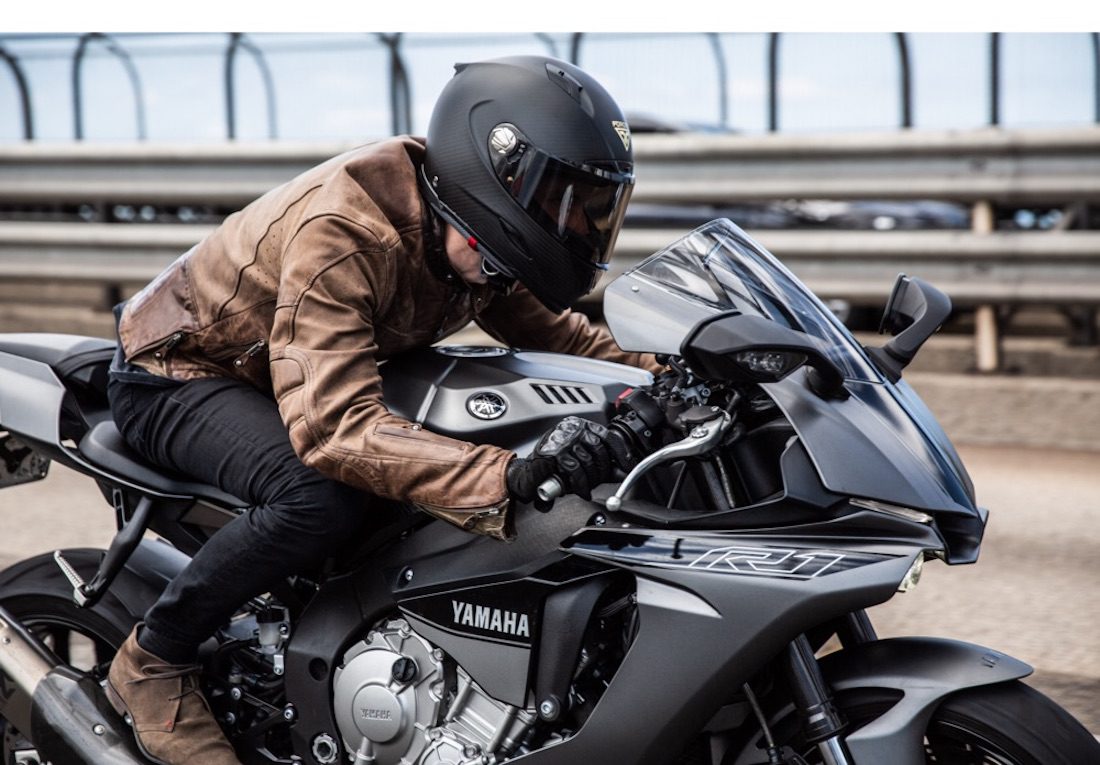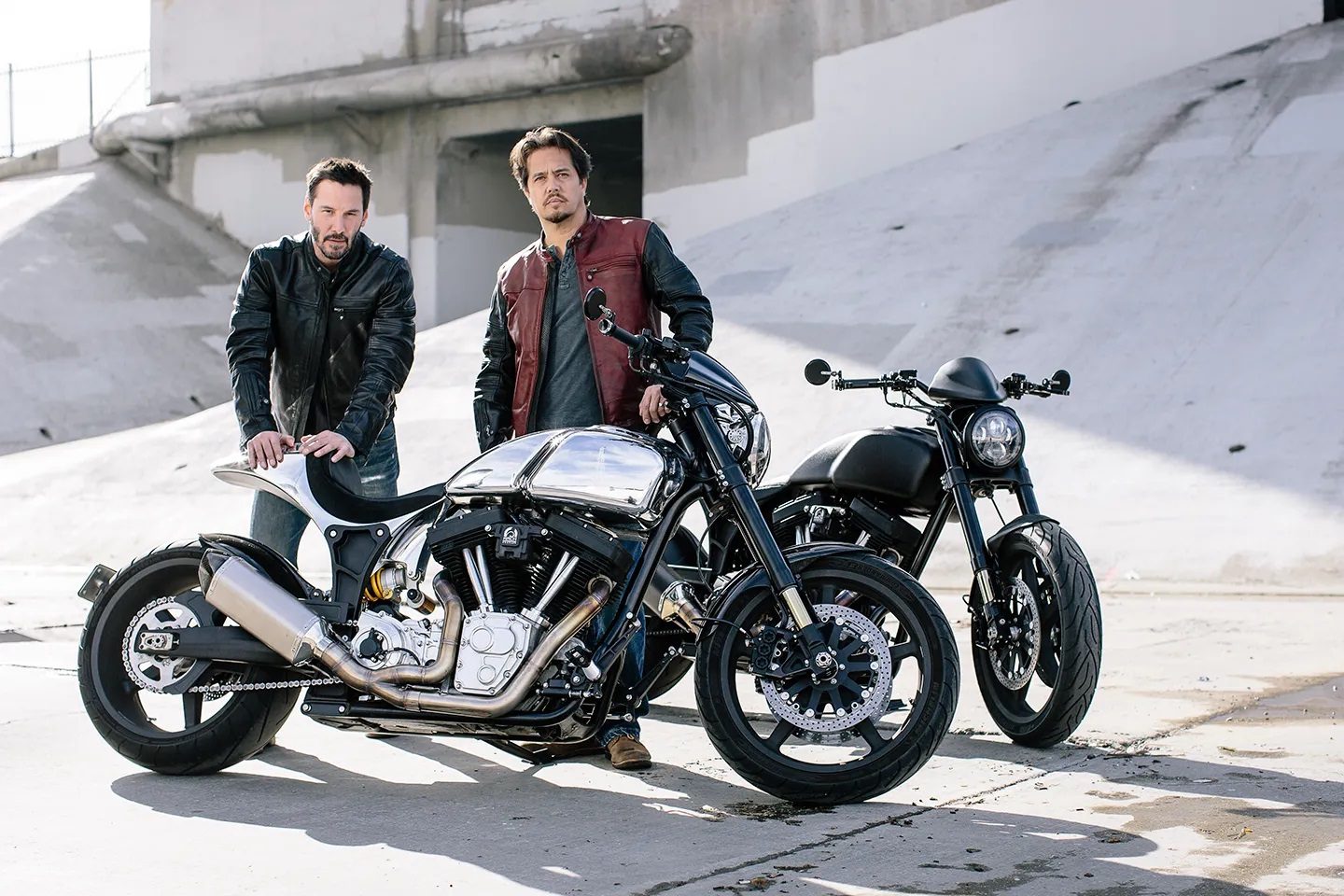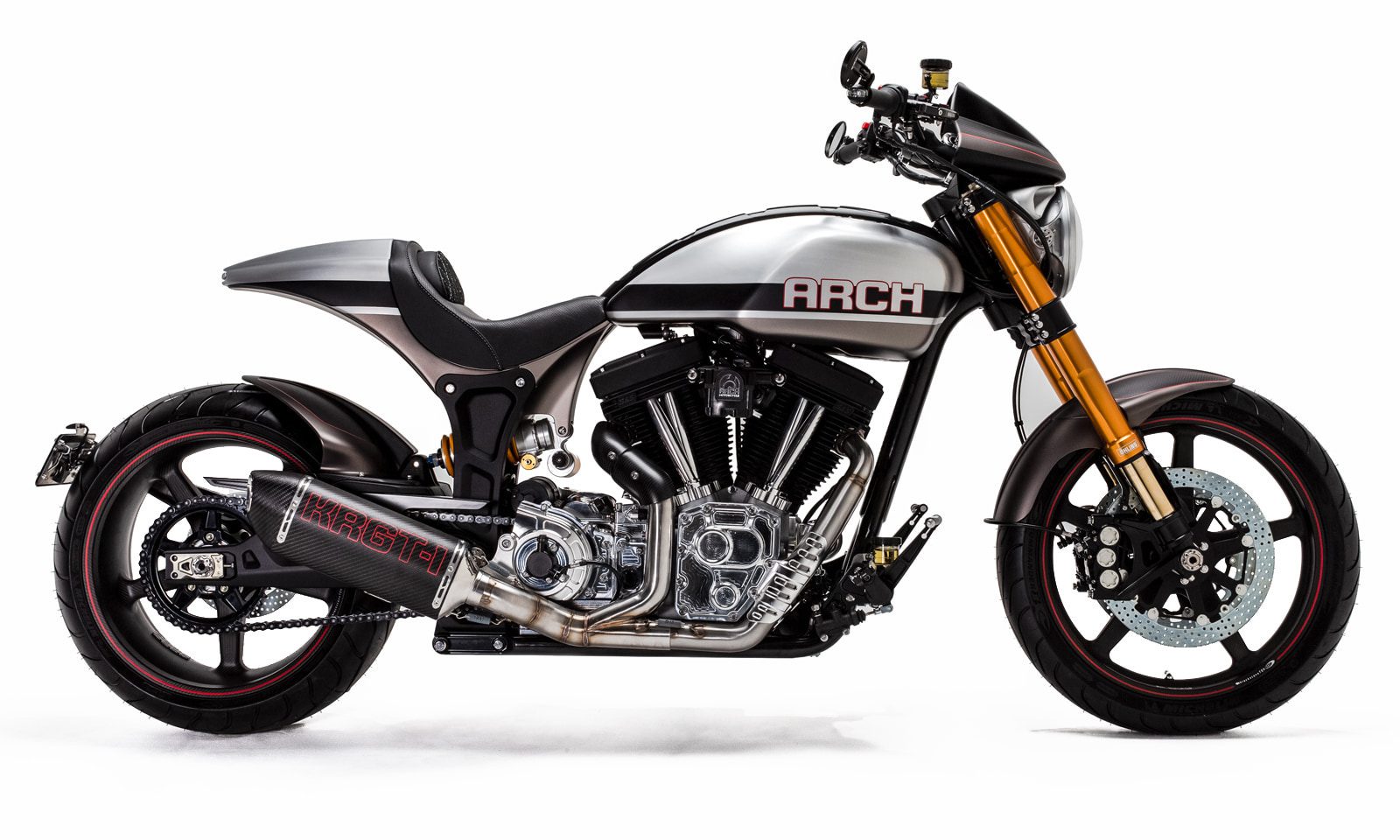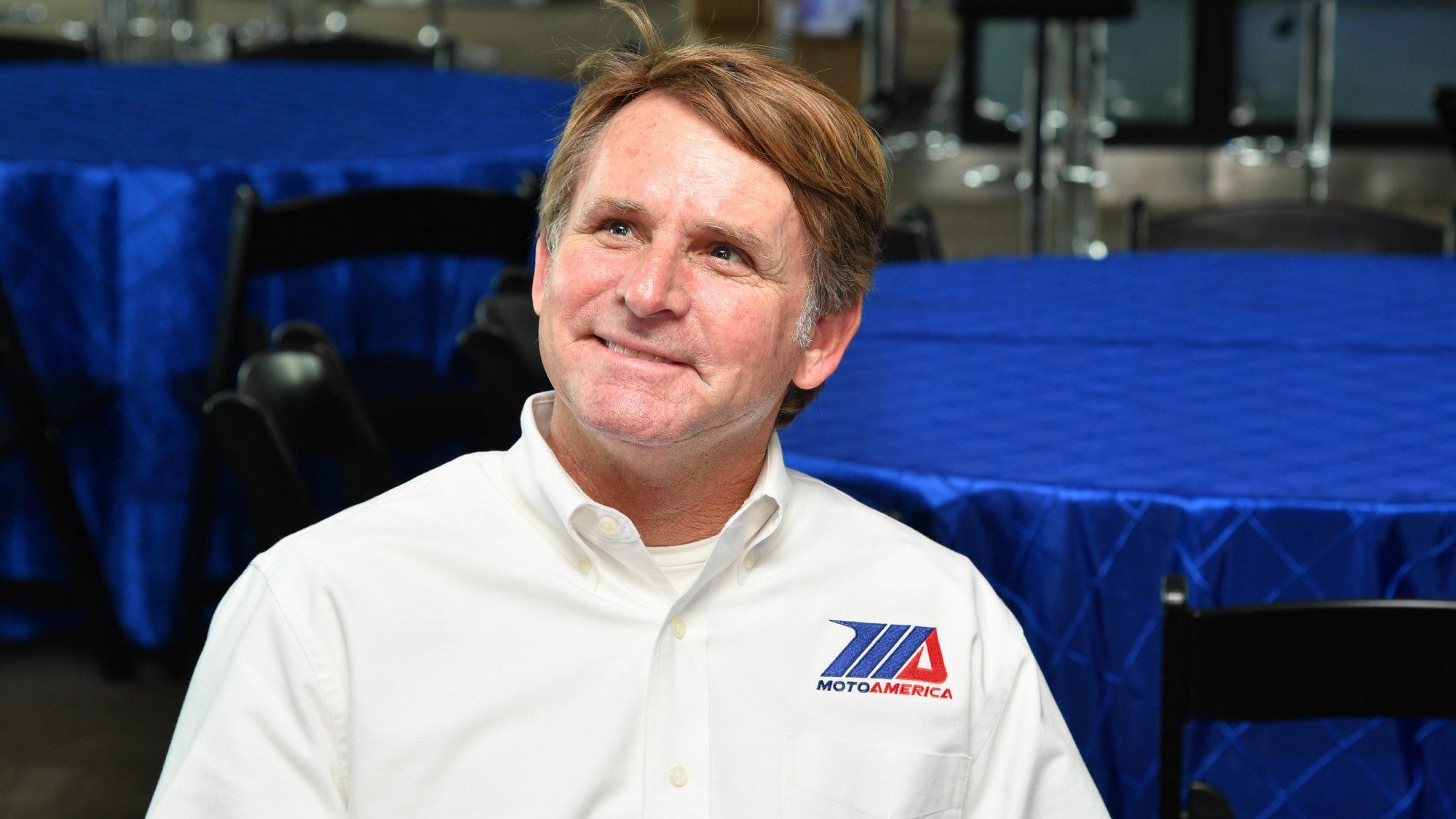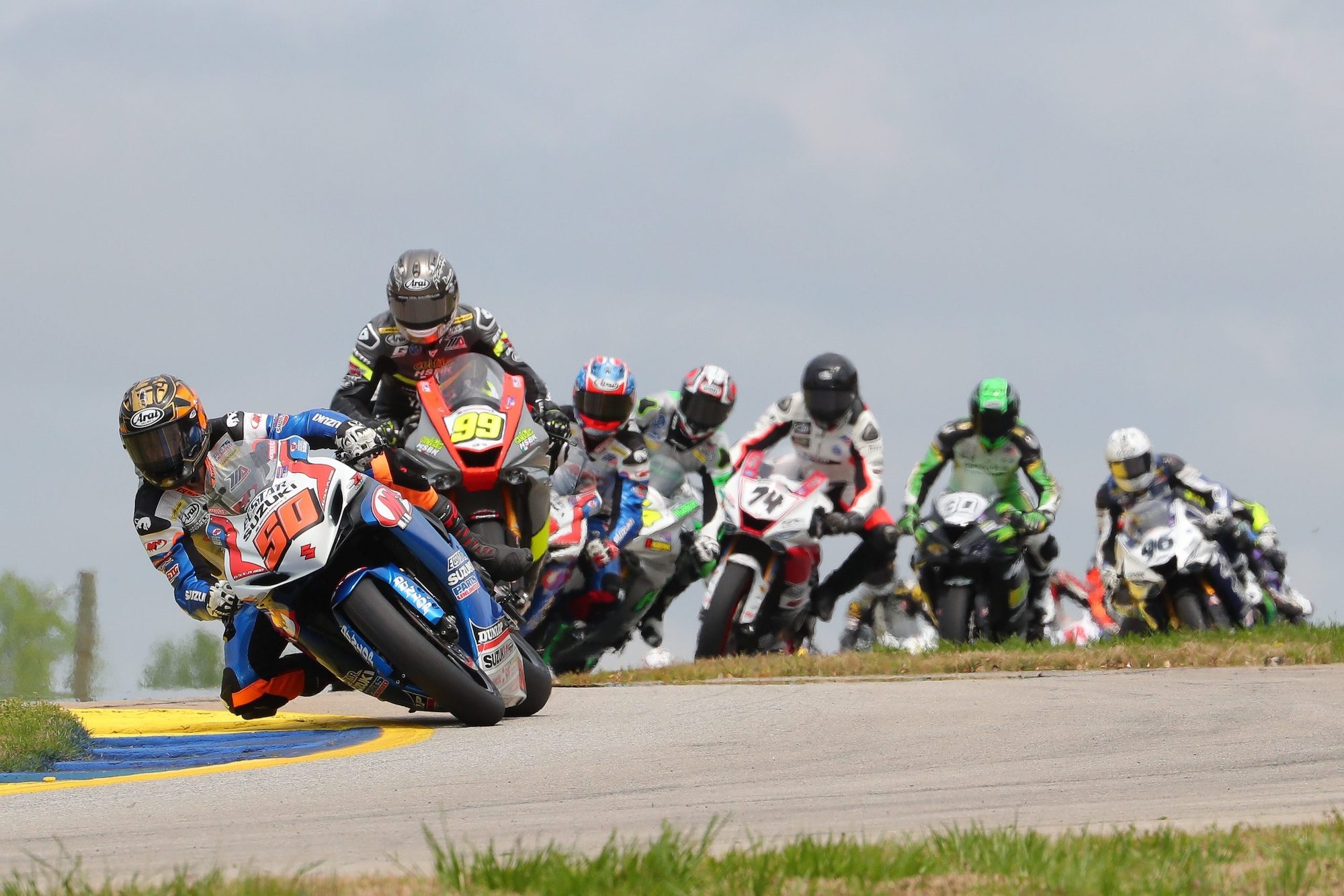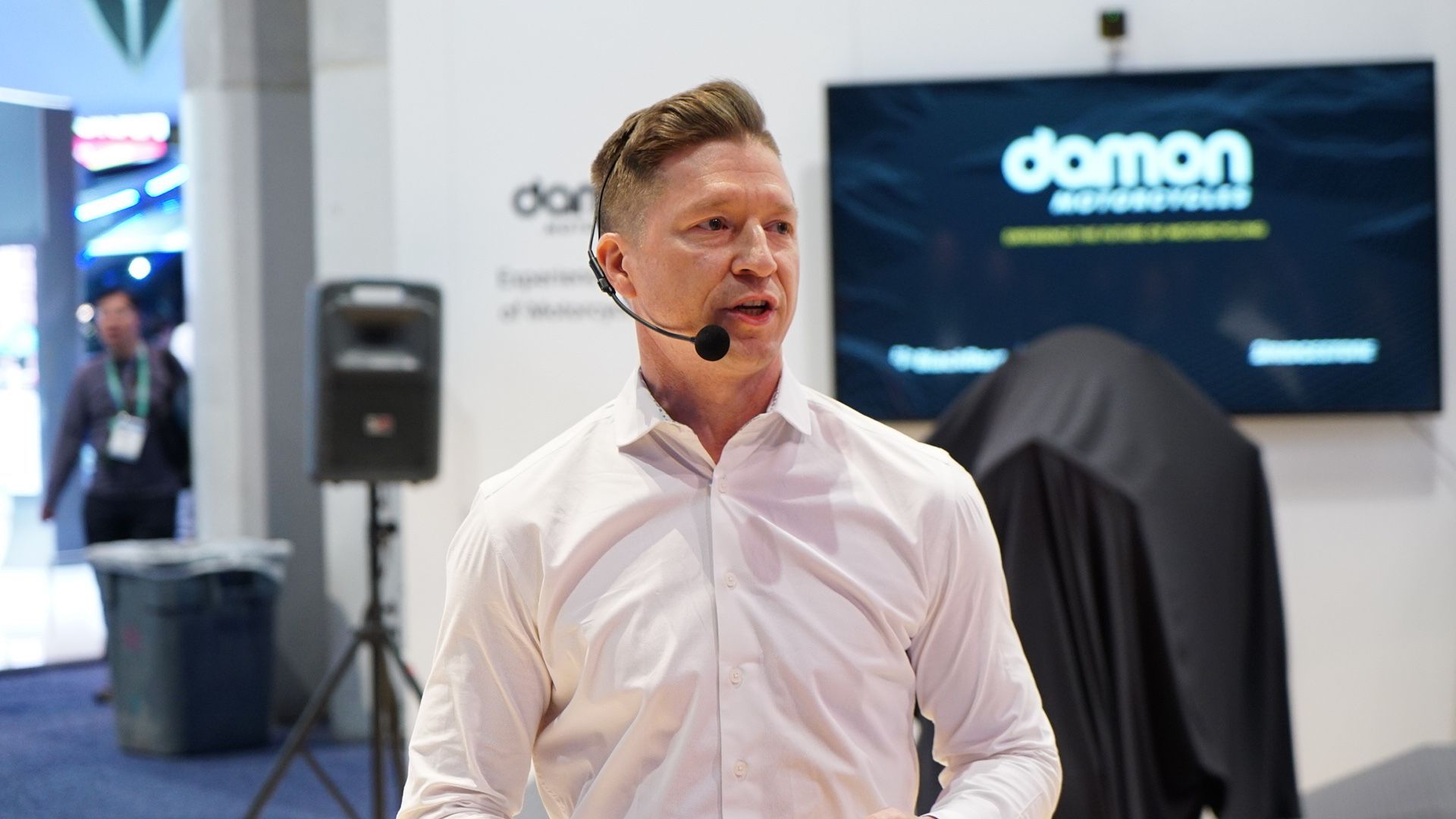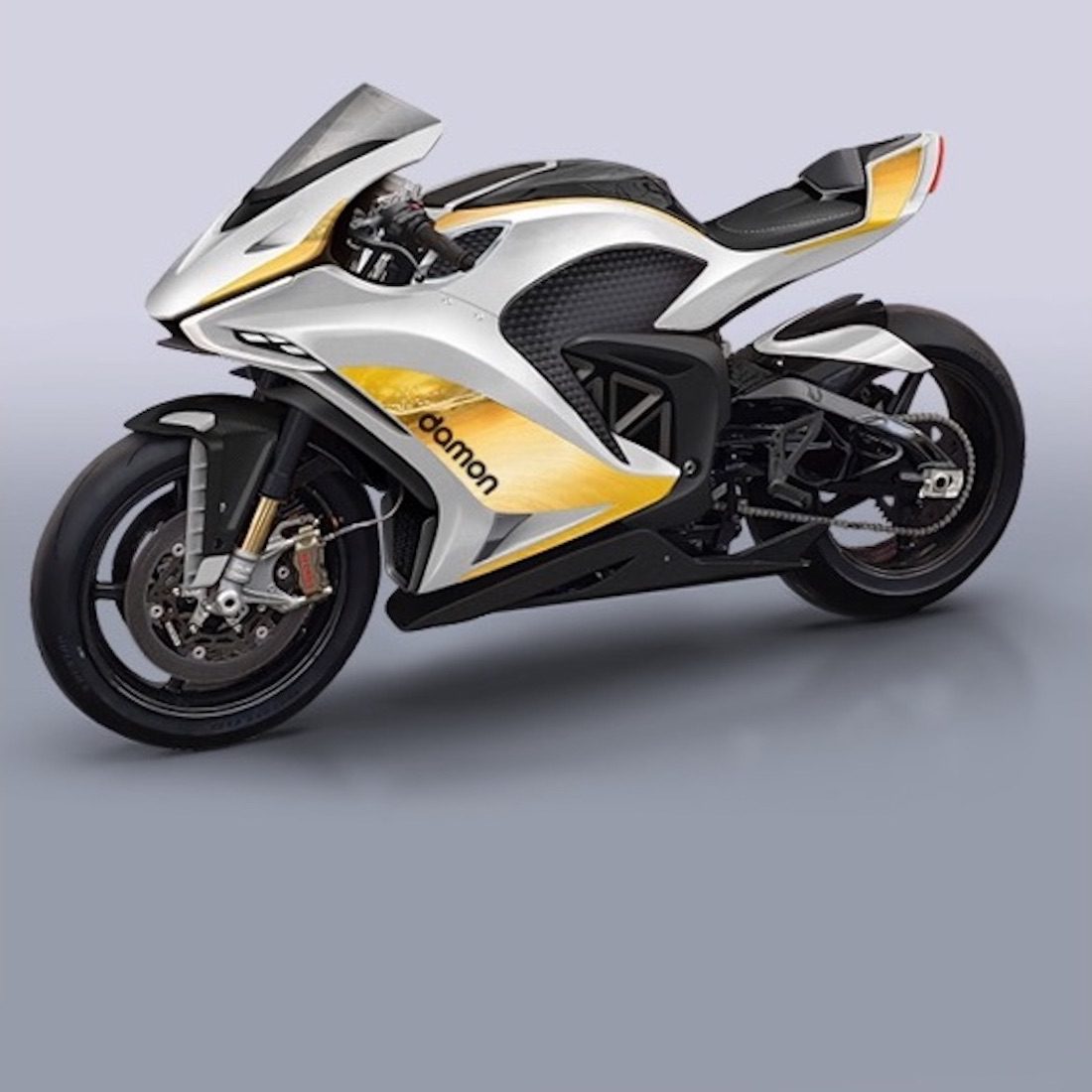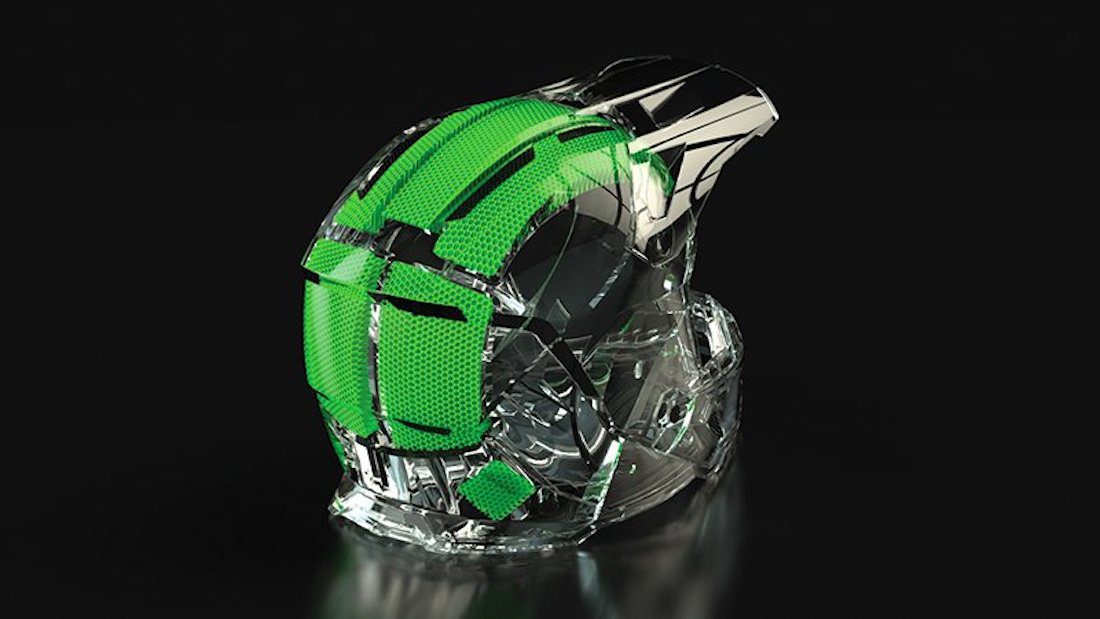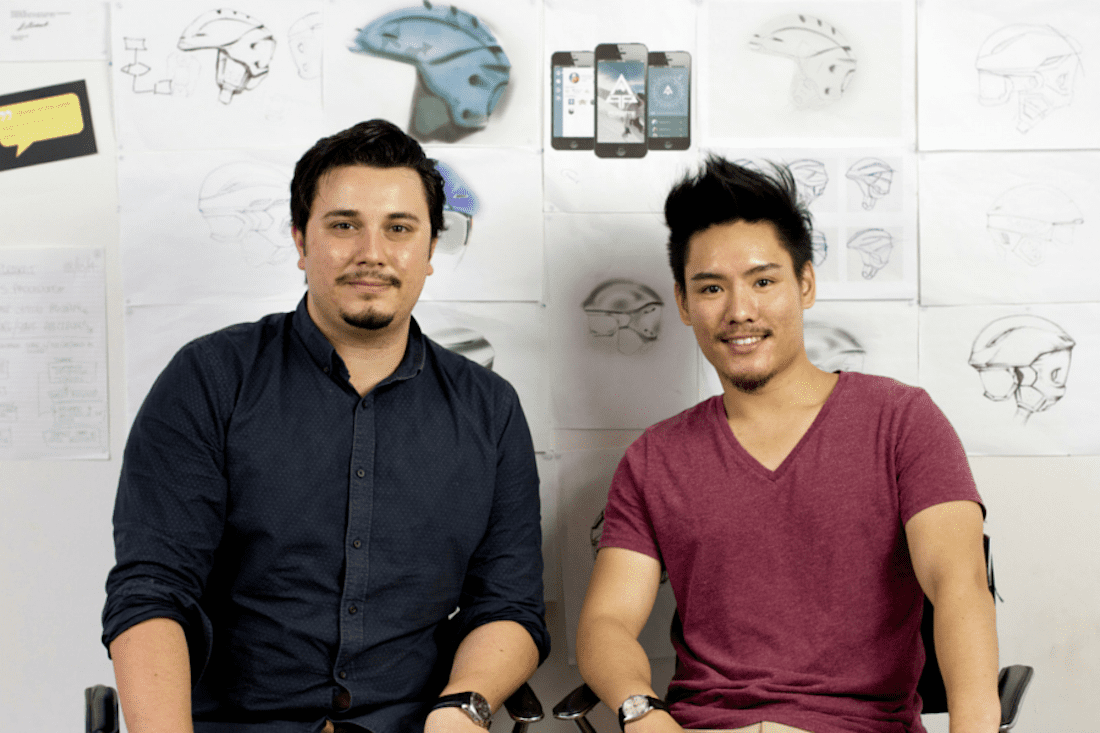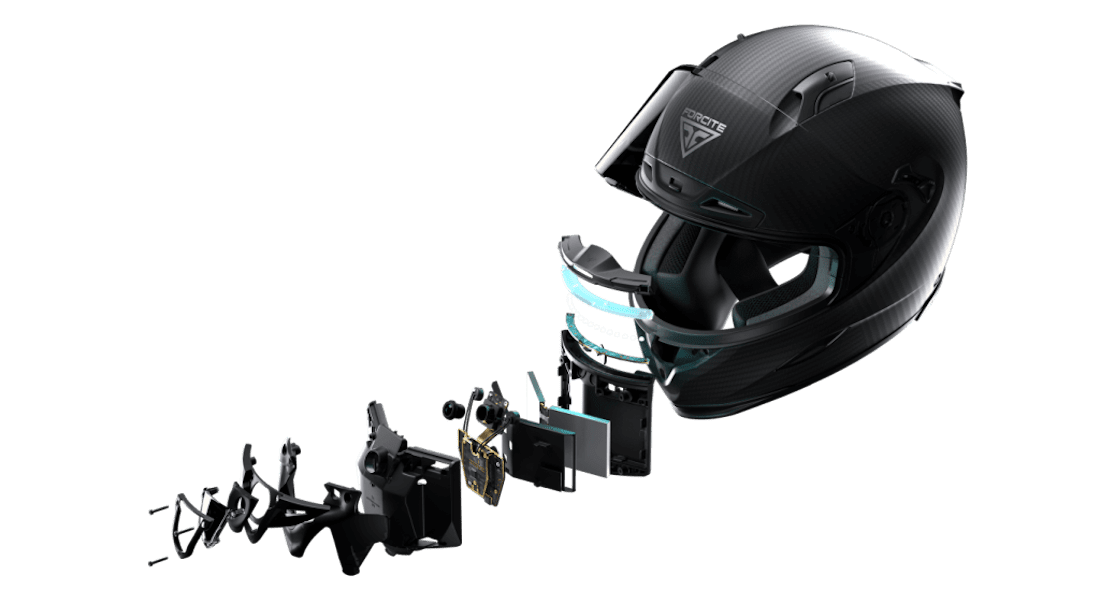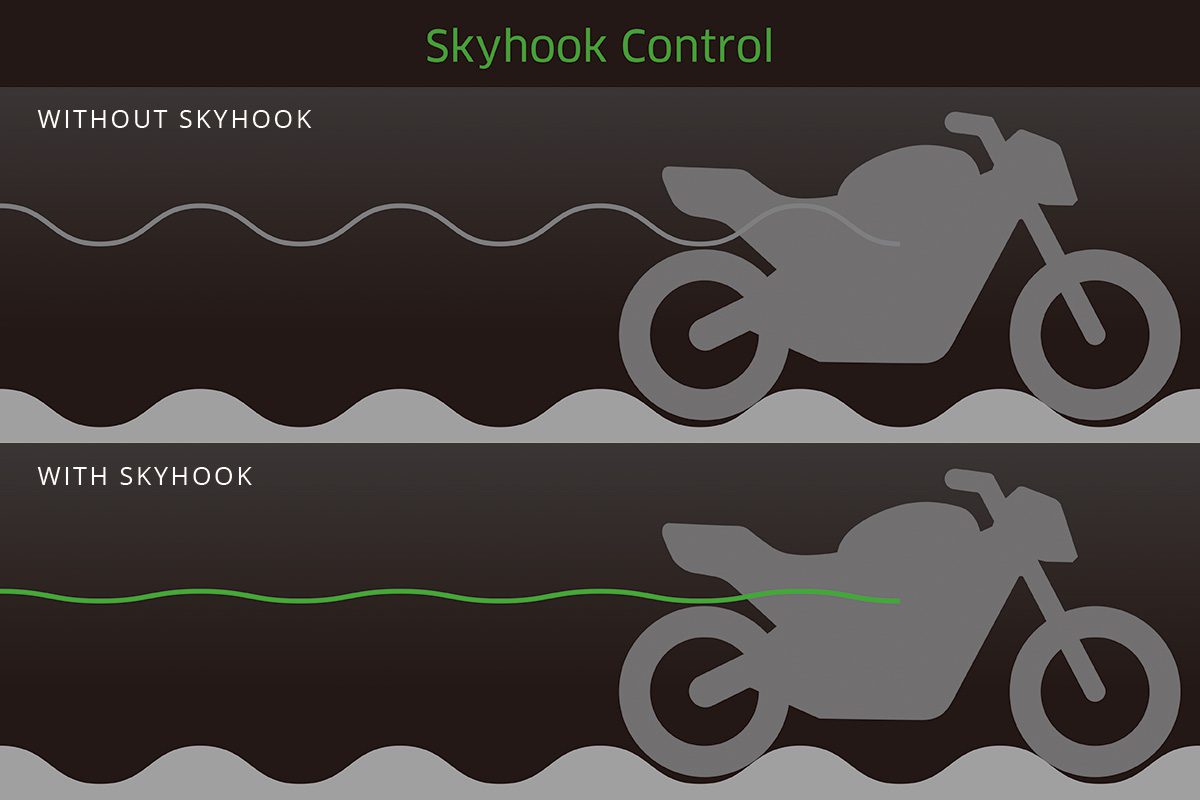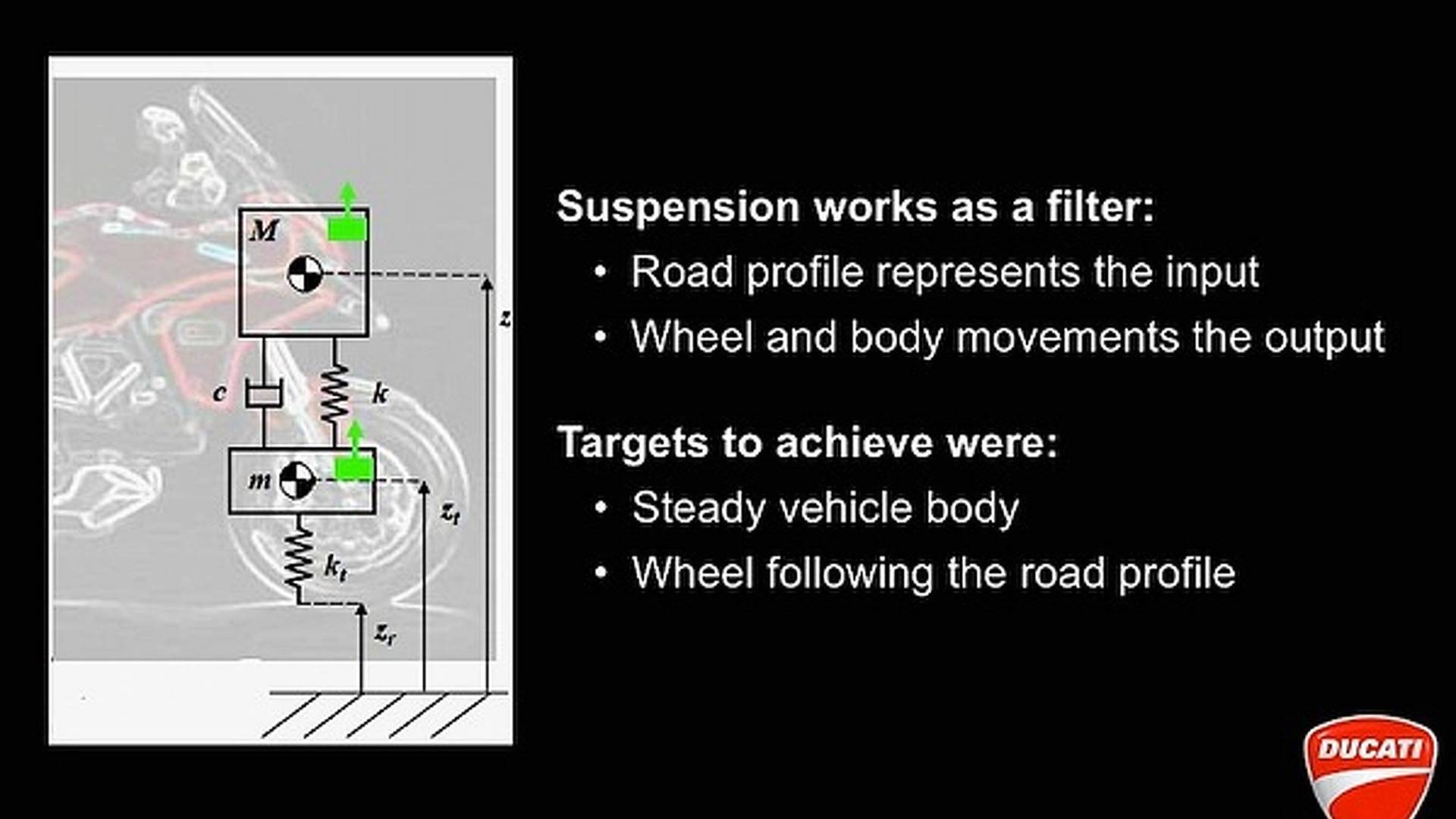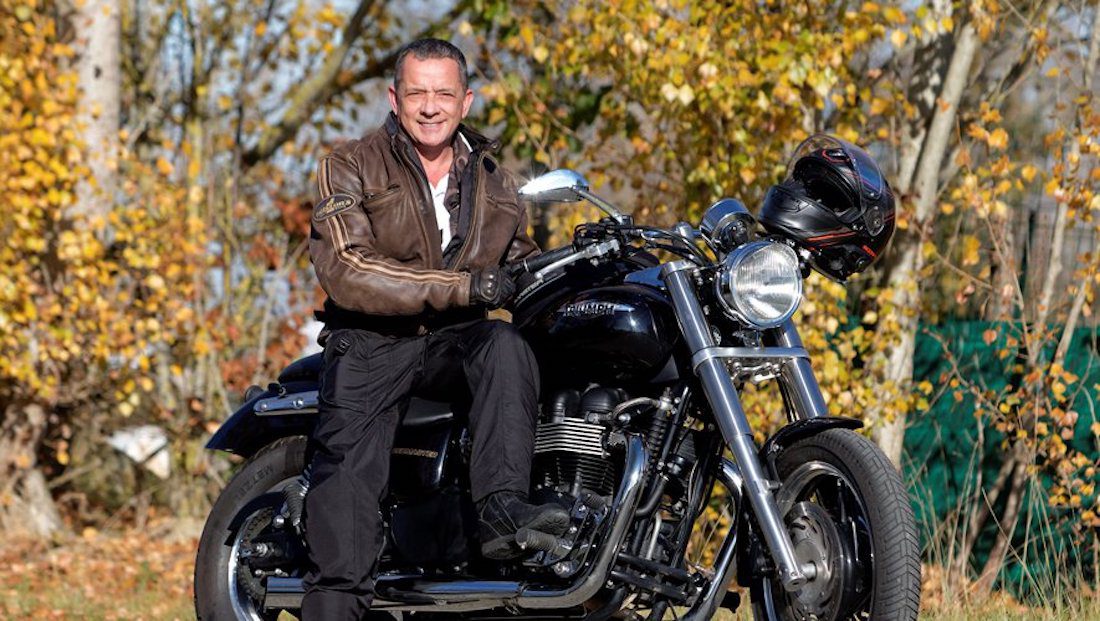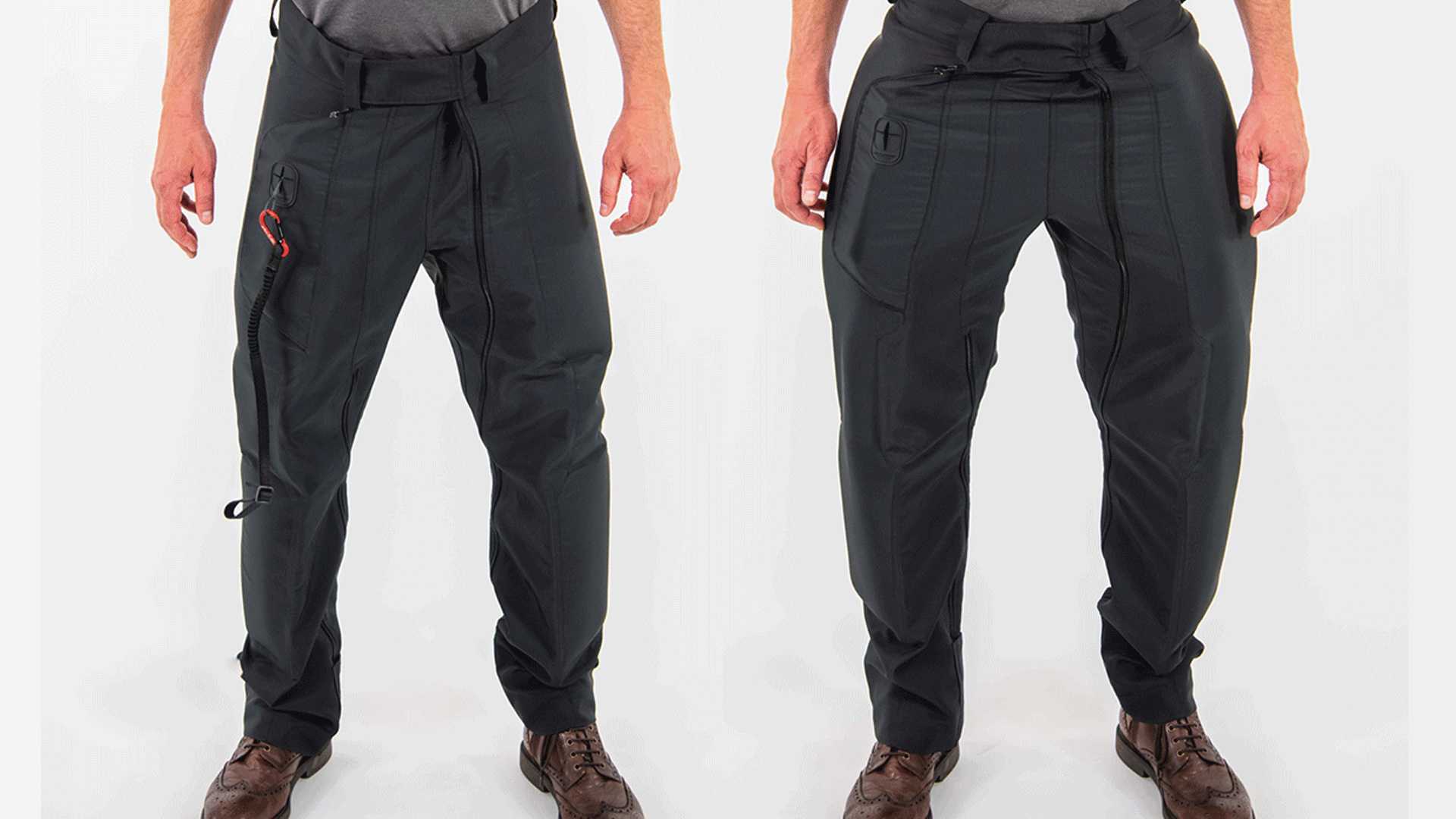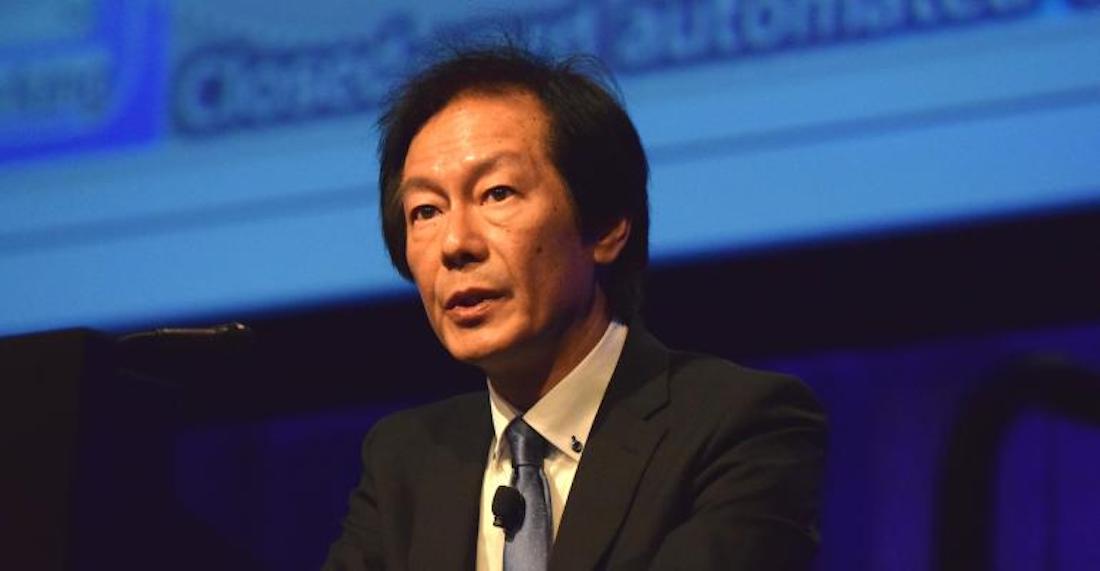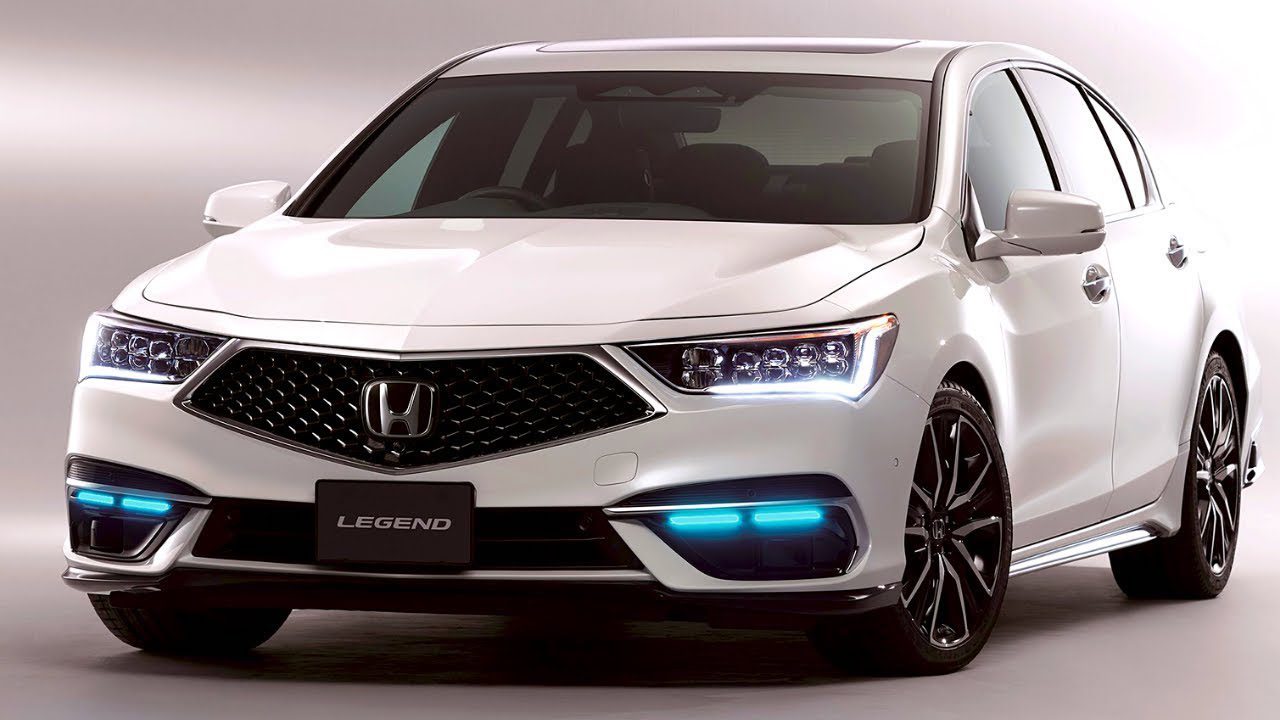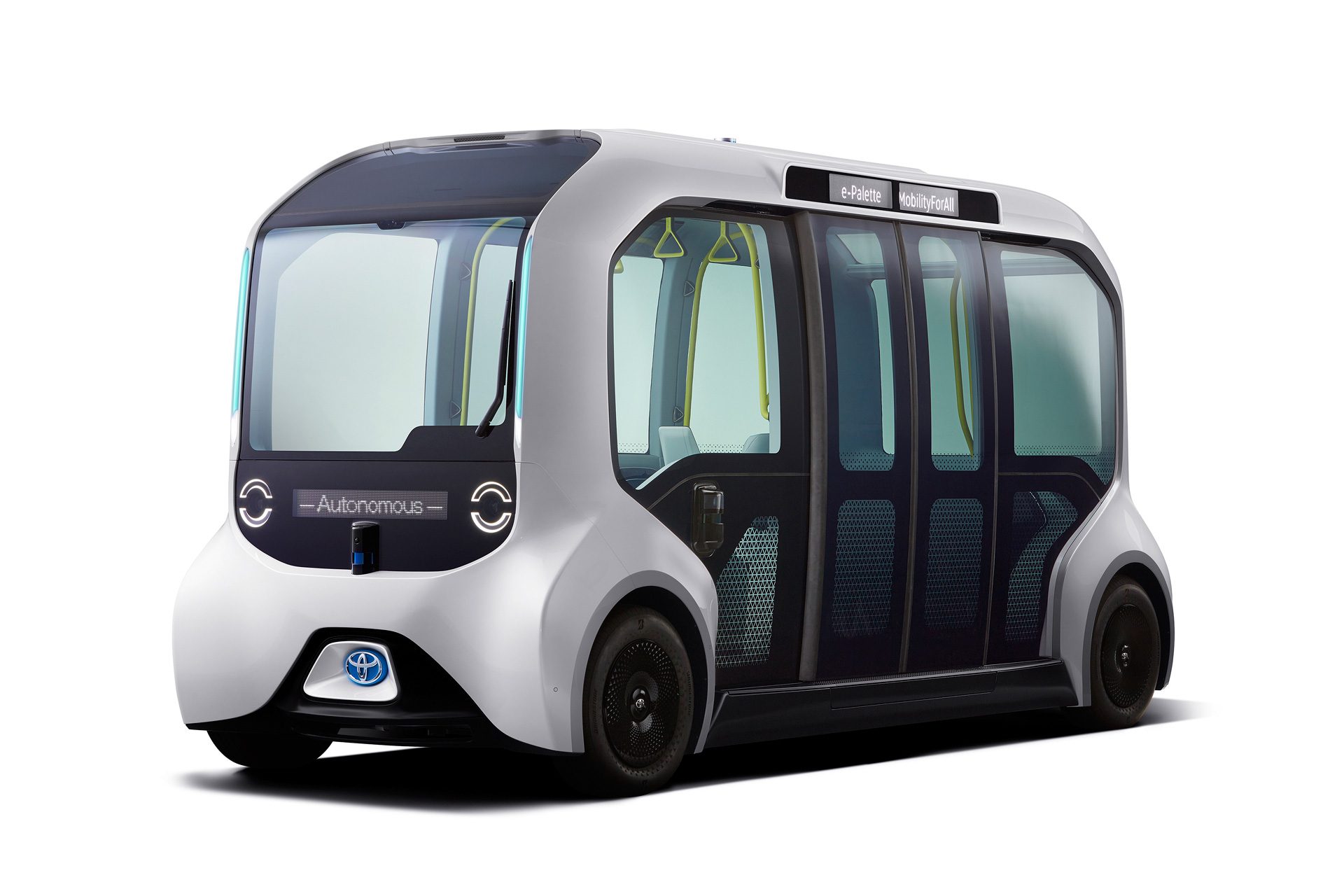While it seems a bit morbid to state so, the global pandemic that arrived in 2020 (and is still continuing to this day) has irrevocably changed the powersports industry. For the first time in many years, sales of new motorcycles are up, the gear shops are having trouble keeping jackets, helmets, and gloves in stock, and the MSF beginner courses are so full that unless you live in an area where it doesn’t snow, you’re at the point of booking into the start of next year’s riding season.
While the pandemic might have made many realize that you can be social distancing while also enjoying a good ride, there are those that have, and still are, impacting the powersports industry as a whole. Some have been working at it for a few years, slowly and carefully building their impact, while others came into it with the subtlety of a sledgehammer to the face.
Regardless, the following people (and two companies) have had an effect in different sectors all across the industry. With that said, let’s see who has had the most significant impact in the powersports industry to date.
Keanu Reeves & Gard Hollinger: ARCH Motorcycle
In the early 2000s, custom motorcycles were suddenly the thing. You couldn’t ride through any town and not see a chopper, a homemade streetfighter, or pretty much anything in between. It became so popular that there were even TV reality shows created about, of all things, custom motorcycles. Many major manufacturers started even offering customizations of the bikes you could buy in the showrooms. It was a glorious time for creativity and the art of making a custom motorcycle a thing.
Then, around 2007 and 2008, the economy tanked – and they tanked hard. What had been an industry built on the back of free-flowing expendable income and subprime loans was now sinking faster than an iron cannonball tossed into a freshwater lake. A lot, and we must really emphasize this, a lot of small, local custom shops closed down. The major shops, the world-famous ones, took a serious blow to their finances, and even some of them had to partially or completely close down. The custom industry was failing.
So when a famous actor and his custom bike building buddy decided to enter into the custom motorcycle industry in 2010 when things were at their lowest point, many scoffed, some laughed, but not many would bet on success. Keanu Reeves and Gard Hollinger established ARCH Motorcycles in 2011, and despite the original model KRGT-1 asking for well over $75,000, orders started to flow in.
The fact that ARCH could spark interest in custom bikes was a shot of adrenaline to the industry that had quite literally been on its deathbed. Suddenly, small custom manufacturers started to pop up again, shops opened, craftsmen emerged from their 5 or 6 years of working at other jobs to get back to what they loved doing.
In 2021, there are now so many limited-production motorcycle companies, small manufacturers, and custom shops that it is to the point that you once again cannot ride through most towns without seeing a custom bike along the way. We’re not saying that ARCH alone revitalized the custom industry, but it certainly was the catalyst that kickstarted renewed interest in it. That, and Keanu’s enthusiasm when talking about it on late-night chat shows, in the press, and generally being an ambassador of being a badass American motorcycle rider.
Wayne Rainey: MotoAmerica Racing Series
Wayne Rainey, for anyone that watched motorcycle racing in the 1980s and 1990s, is a name that is extremely familiar. A three-time consecutive champion in the World Superbike Championship, the precursor to MotoGP, from 1990 to 1992, his career was cut short after a truly horrendous accident at Misano, where he broke his back and was paralyzed from the chest down.
Not ready to entirely give up on racing, Wayne turned to team management, especially with Yamaha, for a few years. He also refused to let his paralysis keep him from competing himself, and raced a hand-controlled version of a SuperKart in the World SuperKart Championship based out of Northern California.
The impact that Wayne has had on the powersports industry, however, came about in late 2014 and through 2015 and continues to this day. After the American Motorcycle Association saw a steep decline in interest after a few poor business decisions, and on the urging of Dorna, the people that run MotoGP, Wayne and several investment partners took over the rights to the AMA Superbike Championship after the AMA waived them and handed the entire series over.
To mark a new beginning, the first thing that happened was that Wayne and his partners rebranded the competition as MotoAmerica, and instituted a ruleset that very closely parallelled that of both the World SBK and MotoGP championships, landing somewhere in between. Bikes were broken up into familiar classes such as SuperBike, SuperSport 600, SuperSport 300, Junior Championship, and the like. New classes were also added such as SuperHooligans for 1,000cc naked bike racing, and King of the Baggers, for racing modified transcontinental touring motorcycles.
The series was also promoted very well, both through advertisement and word of mouth, and all of a sudden, MotoAmerica was on TV screens across the continent, and North American racers started to become household names again. This has also had the knock-on effect of getting younger people interested in motorcycle racing, which has also seen a rise in ridership and attendance in racing schools since 2015.
Today, Wayne still runs MotoAmerica as its president but has stepped back from the more day-to-day operations side of the business to focus on promotion and celebrating life on two wheels. It is his hope, with MotoAmerica starting to gain worldwide media attention and viewership, that through having close classes and rulesets to the FIM-run series, a North American champion will once again emerge onto the world stage.
Jay Giraud: Damon Motorcycles
Jay Giraud is not someone you would really associate with being at the bleeding edge of technology and safety. Often described in the media as quite possibly the most laid-back guy imaginable, his vision and drive were sealed on a fateful day in 2016. He was in Jakarta, Indonesia, riding a motorcycle and enjoying the ride when he crashed. While a bit bruised and sore, he wasn’t seriously hurt, but it was enough of an experience that it started his brain working towards the future.
The primary thought was that motorcycles, inherently, have a disadvantage to automotive technology in that they do not have collision avoidance, collision warning, or reactive systems built into them. While part of the whole “you are responsible for your ride” mantra of motorcycling, there are still instances where the rider is completely not at fault and can be injured or even killed by an unavoidable collision.
In 2017, Jay, with his co-founder Dom Kwong, started Damon Motorcycles. The immediate thought was to work towards the future, not stay in the present, and as such, Damon is focused entirely on electric bikes. Within a year, a prototype of what became the HyperSport model was built, and it included a built-in prototype collision warning system. Within another year, in 2019, the HyperSport was production-ready, and the collision warning system, now enhanced with on-board artificial intelligence (christened Damon CoPilot), was going through its final prototype phases.
The Damon HyperSport was introduced to the world at CES 2020, where it won the CES Best Innovation Award for the Automotive Sector. When preorders of the limited edition Founders HyperSport go live, they are completely sold out in less than 4 days. Bikes have started to ship to the first adopters in 2021, and volume shipments are expected in 2022, but Jay has not let that stop his push towards safety.
With data feedback from the bikes already on the road and with literal terabytes of new data expected within the next year, work is already deeply underway on the next iteration of CoPilot. This next iteration, using real-world data, will move CoPilot from collision warning to collision prediction. On top of that, 2023 will see the Damon Light Mobility Vehicle (LMV) introduced, which will be a combination of scooter and car. Small, electric, and designed for many of the various on-street car rental services to use instead of petrol-powered small hatchbacks.
Jay’s vision, as it stands in 2021, is to have the CoPilot system advanced enough that in 2025, collision avoidance can be integrated into their LMVs and hyperbikes. By 2030, by openly networking with other electric vehicle companies and services, the hope is to achieve full collision avoidance on electric motorcycles and electric cars, preventing accidents before the driver/rider may even be aware one is about to happen.
John Lloyd: Koroyd
The story of how John Lloyd got to thinking about a new safety system for our most valuable asset as riders, our heads, starts in 1989. The Kegworth air disaster, also known as the Flight BD092 disaster, occurred on January 8, 1989. British Midlands was introducing the brand new Boeing 737-400 to their fleet and were flying from London Heathrow to Belfast International. Both the pilot and co-pilot had thousands of hours on the previous 737-300 model.
In short, a slight change in how onboard systems and air conditioning worked, combined with mistakenly selecting landing thrust from a damaged engine, caused an engine explosion that caused the 737 to drop out of its emergency landing glideslope and crash into the M1 roadway bridge just before the runway. Of 118 passengers and eight crew, 39 died outright in the crash, and eight died later in hospital. It was those eight that died later that affected John Lloyd.
Research following the crash found that the best energy absorbing structure was cylindrical tubes strategically placed to destructively absorb impact energy, and the 737 that crashed was built for strength, not absorption, which killed those 8 due to injuries that were caused by sudden deceleration and massive inertial loads. This research led to many aircraft and automotive manufacturers introducing hollow-beam structural components, that when loaded appropriately, are extremely strong, but when impacted dead on, would crumple and dissipate energy.
In 2010, after four years of his own research, John Lloyd founded Koroyd and went to work developing welded-tube structures out of strong plastics for use in a variety of products. Due to the lightweight of the results, professional snowboarders and skiers were some of the first to adopt the technology for use in their boards and skis. This led, in 2013, to the realization that helmets could be made extremely lightweight, have excellent airflow, and meet the same rigidity as EPS foam, and Smith Helmets introduced the Vantage Koroyd ski helmet.
Fast forward to 2017, and after an intense research and development period with KLIM, the first KLIM helmet using a four-layer Koroyd welded tube structure is brought to market, the Krios Pro. It is extremely lightweight, built for all-day ADV use, and features excellent cooling during hot-weather testing. 2019 saw the introduction of the Endura Helmets MT500 competition motocross helmet, which also features Koroyd.
In 2021, Koroyd is expanding their list of helmet manufacturers they are partnering with, including Thor motocross gear, and UFO Enigma, and Kushitani for motorcycle body armor. Further partnerships are being solicited, including from major motorsports bodies such as the FIA and FIM, for testing Koroyd for possible homologation clearance for use in race helmets.
For those that also wonder just how effective Koroyd is, the KLIM Krios Pro passed SNELL testing in 2020 with a nearly perfect score. It is ECE 22.05 rated and is undergoing full testing for the new ECE 22.06 classification. It has also been independently tested for approval for use in the Dakar Rally in the motorcycle category for 2022 and onwards, due to its excellent cooling and crash protection. And even our own ADV rider/reviewer Jim loves the helmet, giving it some of the highest marks he has ever given a helmet.
Alfred Boyadgis & Julian Chow: Forcite
Alfred Boyadgis, an industrial designer in Australia, had a eureka moment when he crashed his motorcycle after riding over an oil slick. Despite injuring his knee, he discovered that the helmet camera mount he was wearing had punched through the shell and most of the foam inside his helmet. This both could have been a compounding injury, as well as degraded the impact structure of his helmet. A scant few moments after discovering the damage to his helmet, he was struck by the thought that with modern technology and miniaturization being where it was, why wasn’t there a smart helmet on the market?
SENA, both themselves and through partners, have some helmets out there that integrate cameras and comms systems into the helmets, but those just weren’t enough for what Alfred thought was needed. He wanted a helmet that integrated comms and also tracking technology, a wide-angle camera that recorded in high definition, and GPS integration that uses live data to warn of dangers, traffic, or other concerns on the road ahead.
Joining with co-founder, friend, and fellow industrial designer Julian Chow, the pair took the bold step of quitting their jobs to dedicate all of their time to developing the ultimate smart helmet. During this time, the Skully Helmets, despite claims to produce a smart helmet with the Skully AR-1, was shut down due to failing to deliver on production promises, despite over $13.5 million in fundraising and venture capital.
This was a big warning sign to both Alfred and Julian that if they were going to make their smart helmet, they actually needed to make their smart helmet. Through the next three years, supported by investments, family, and friends, they had a successful prototype helmet, the Forcite MK1. Most importantly, unless you looked closely, it resembled a normal motorcycle helmet instead of the heavy monstrosity that was the failed Skully AR-1.
With backing from capital and entrepreneurial investors, the Forcite MK1 was revealed to the world. A “Founders Edition,” the alpha production model, was opened for pre-orders with a total allocation of 1,000, which the two friends thought would take weeks to months to fill. Instead, within 48 hours, 700 pre-orders had been registered, crashing the website. The other 300 were gone within two weeks. Without actually even building one production-ready model.
A national tour of Australia started immediately, visiting motorcycle clubs, major shows, and even small events, getting real-world feedback from everyday Australian riders. This allowed the company to fine-tune the helmet design for the MK1. They were ready to start production in 2020, and then the global pandemic hit. Again, this was a “fortunate accident,” as it allowed some of the production test helmets to be sent off to Europe for testing. Much to their delight, the Forcite MK1 attained full ECE 22.05 certification.
Many helmets have already reached their new owners, and real-world data is flowing back to the company showing that Alfred’s dream, with Julian’s know-how, has created a helmet unlike any other. With visual and audio warnings, turn notifications, GPS information, and built in speakers and microphones, the helmet truly meets expectations. And the computer that controls everything? In a little stroke of Australian brilliance, the chin bar air vent deflects some of the incoming air over the computer’s heatsink before exhausting out of the helmet, so even if everything is running full tilt, it won’t overheat.
Ducati & Kawasaki: Skyhook Active Suspension
Okay, this one is a bit of a stretch as there really isn’t one or two badass people involved. Instead, there is a badass Japanese company and a badass Italian company that has developed the same system in slightly different ways. Both have come about their technology through developments for racing and have brought it to their latest motorcycles.
Skyhook Active Suspension, in a simple definition, is imagining that the entire rear of the bike was suspended vertically from a hook coming down out of the sky (hence, Skyhook). Depending on how much actuation you wanted, you could dial in more or less lift by that hook. On irregular surfaces, this means that while the rear suspension and swingarm are bouncing about, the tail of the bike stays absolutely level.
Ducati first tested out the concept in a semi-active state in 2013 with the Multistrada 1200. It worked… ish. The issue was that the rear wheel would sometimes be allowed to rebound so hard that it actually left the ground if going over a particularly nasty bump off-road, and that could lead to loss of control.
Then, just a year ago in MotoGP, people started to notice that during race starts and practice starts, Ducati riders would shift into neutral, then hold down a button on their handlebars. The rear suspension would then compress fully down. Originally called ShapeShifter, the technology, which after review from the FIM is allowed within the rules, has taken on the name “holeshot device.” What this device does is preload the rear suspension to its stops, so that when launching from a standstill, there is absolutely no squat on the rear. The torque of the launch is instead passed through the ultra-strong frame of the bike, and the pretension keeps the rear tire absolutely smashed into the road.
Kawasaki, on the other hand, thought of the same kind of device for starts, but in Supercross instead of MotoGP. When activated, the holeshot active suspension collapses the front fork to its hardest compression. Supercross bikes are extremely light, and when you give them a sudden burst of torque, the tendency of the bike is to want to wag its front wheel in the air, or even loop over. By pre-compressing the front forks, the natural weight of the rider and bike is planted forwards, allowing the rear tire to grab solidly in the dirt and help prevent wheelies at a launch.
Both systems, however, use some form of automatic control to detect that when it is no longer needed, the holeshot device disengages and the suspension returns to normal. Then both companies landed on the idea that if the holeshot device was left on, but didn’t precompress the suspension, it could be used as an anti-wheelie, anti-squat, active suspension.
Introduced on the 2021 Ducati Multistrada V4, and the 2021 Kawasaki Versys 1000 SE LT+ and Z H2 SE, the Skyhook Active Suspension works with the rider to keep the rear tire completely planted in all situations, keeping the ride firm but comfortable, and preventing excessive rebound or squat during riding. They also both tie in to the traction, stability, and cornering ABS functionality of all three bikes, so that if an emergency stop is needed, both front and rear tires are always in contact with the road to achieve maximum braking power without tipping the bike over.
Xavier Bouquillard de Milleret: CX Air Dynamics
CX Air Dynamics, a company based in Toulouse, France, with a separate office in Paris, was founded by Xavier Bouquillard de Milleret after he suffered a major motorcycle crash. Despite wearing all of his gear, including overpants for his legs, he suffered 17 fractures, many in his legs. While recovering at home, the thought occurred to him that while companies such as Helite and Hit-Air were developing airbag vests for the “life box,” the torso, none were expanding their safety to the lower limbs.
Through some extensive research and contacting the French motorways institute, Xavier discovered that of all the motorcycle accidents in France where injuries occurred, a staggering 67% of them included injuries to the hip and below. As he had been a student pilot at one point, and interested in military and stunt flying, it occurred to him that g-suits used by both might already have the answer.
After founding CX Air Dynamics with his friend Christophe Allisse, the pair set about deconstructing the way a g-suit works, and how to apply the same technology to provide legs protection. For those that are not too familiar with a g-suit, it is an overall style suit that is worn over a flight suit that has air bladders in the legs, hips, and lower torso. When a pilot demands a high-g maneuver, an onboard system in the aircraft automatically pressurizes those bladders to squeeze the legs and lower torso, forcing blood back up into the upper torso and head, to prevent a black-out (positive g) or red-out (negative g) loss of consciousness.
Xavier, however, also noted that even his overpants were a bit uncomfortable and restrictive, and during a meeting with Christophe one day, the two hit upon the idea of comfortable, relaxed fit overpants that could inflate in milliseconds to become a protective cushion. The CX Free Rider was born.
Slated for release in late 2021 or early 2022, the CX Free Rider works by slipping over your pants or shorts, closing via a velcro loopback and YKK zip, and attaching a tether to the frame of your bike, much like how airbag vests work. In fact, the pants come with an attachment that will share the hook point for your airbag vest if you have one. They are cut to be a relaxed fit, allowing for both sport riders and standard/cruiser riders to have maximum comfort while riding.
In the event of a crash, the tether yanks a pin, allowing CO2 from a canister to inflate a full hip band, outer leg, and overknee bladders. The focus is mostly on the hip and knee areas, as those are the two areas that, if you are thrown in a high side, are the most common areas of direct impact. The hip bladders cover the outer hip and the tailbone, while the leg bladders provide full thigh, shin, and ankle protection.
CX Air Dynamics also secured the best of the best armor and materials to use in conjunction with the airbag system. The built-in knee, hip, and tailbone armor are of Poron XRD, developed by KLIM. The pants are made of Cordura 1000D, which will resist abrasion to the same level as leather, but still provide breathability. The CO2 canister uses the same style that Helite and Hit-Air use and is intentionally designed to be interchangeable, but you will need the 100 size canister, not the 60.
Toshio Yokoyama with R&D Department: Honda CASE
Toshio Yokoyama, at first glance, looks like the absolute definition of the Japanese executive. Smart, understated suit, a face lined by middle age and some stress, and a subdued, polite way of speaking. Yet, as Chief Engineer at Honda, he and the research and development department at Honda HQ have absolutely stolen the headlines in autonomous vehicle technology and vehicle networking.
Their invention is known as Honda CASE, which stands for Connected, Autonomous, Safe, and Electric. With the first deployment already live in Japan with the world’s first level 3 semi-autonomous car, the Honda Legend Hybrid sedan, what this tech does is nothing short of revolutionary. You will notice that autonomous driving is only one of the four letters CASE. It’s the other three that are the revolution.
What CASE does is not only allow level 3 autonomy in cars(lane following, adaptive cruise control, steering, and emergency evasion without driver input) but also allow it to send signals to other vehicles that are equipped with CASE or CASE-compatible systems to safely prevent accidents. It does this through a combination of strong wifi and broadcast Bluetooth systems, and much like how some helmet comm systems work builds a “rolling mesh” network.
Through this high-speed mesh, a signal can travel between cars and motorcycles faster than it takes a driver or rider to blink. If a CASE-equipped car performs an emergency evasive maneuver, it will tell the CASE-equipped car behind and to the right to brake to give it room. That car will pass along another signal to the next CASE vehicle, say a Honda CBR600R with CASE, which will warn the rider that there is a possible accident ahead and also, in a total emergency, apply braking if the lean and stability control systems detect it is safe to do so.
Honda has already partnered with the other Big Four Japanese bike manufacturers to make a shared battery pack standard across their electric scooters, and it is not a stretch of the imagination to possibly see bikes in the next 3 to 5 years start coming with CASE or CASE-compatible systems.
And in case (pun intended) anyone doubted that CASE works, Honda partnered with Toyota, their fiercest rival, to create the e-Palette, a supervised, level 3 autonomous, all-electric mini-bus, for the Tokyo Olympics. All the vehicles used CASE, and not a single incident was recorded during the entirety of the competition. This included transporting athletes too and from the Olympic Village to venues, as well as ferrying spectators between venues. While the routes the mini-bus platforms took were pre-planned, the fact that they talked to each other, avoided incidents, and even sometimes drove in convoys with precise spacings is simply, in 2021, impressive.


